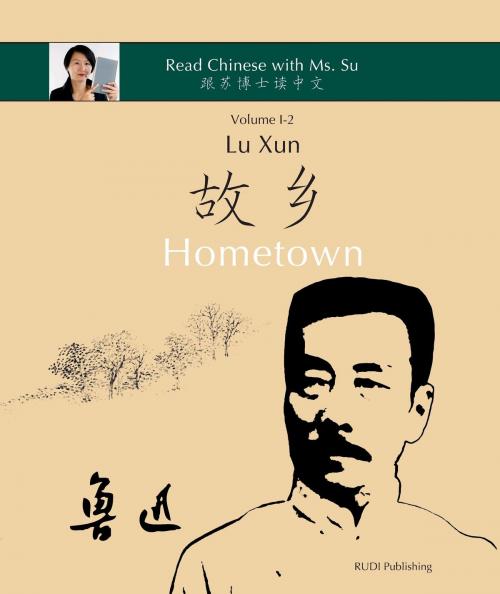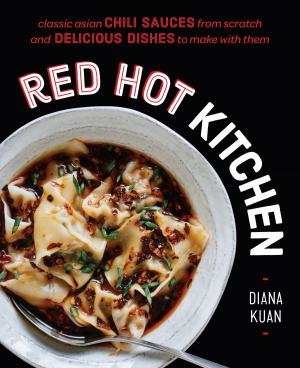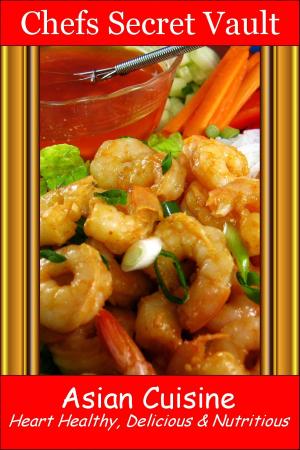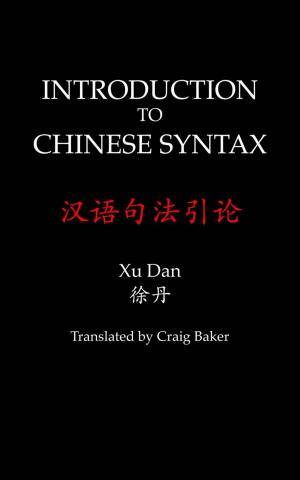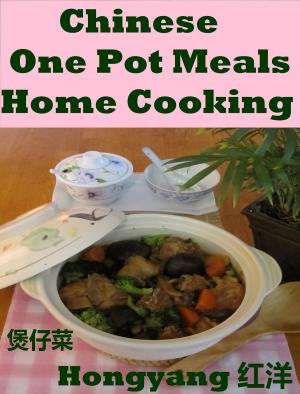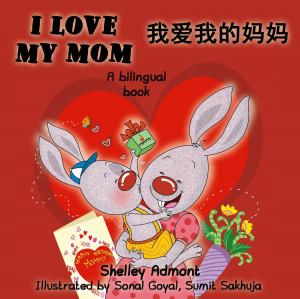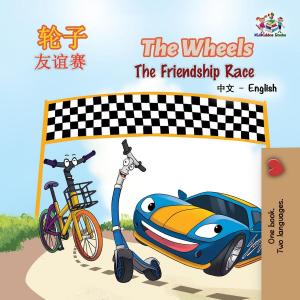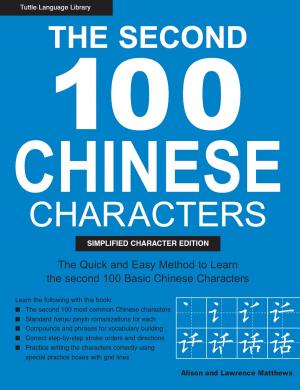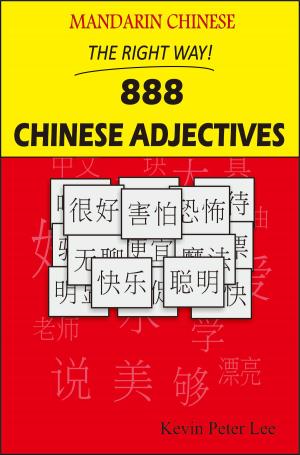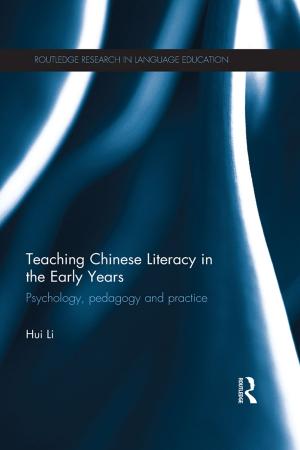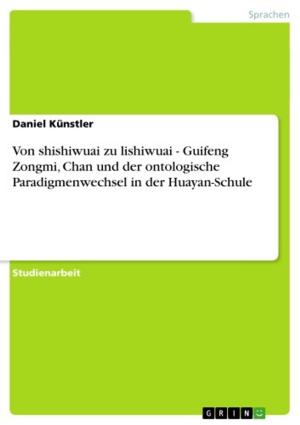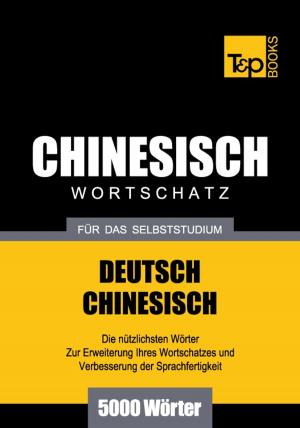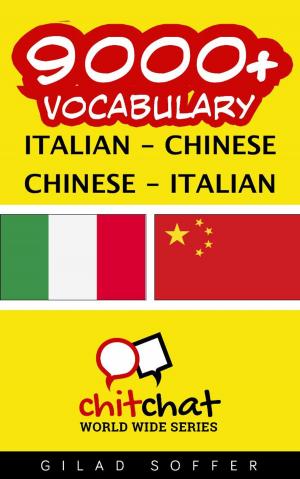Lu Xun "Hometown" - 鲁迅《故乡》
in simplified and traditional Chinese, with pinyin and other useful information for self-study
Nonfiction, Reference & Language, Language Arts, Reading, Reading Skills, Foreign Languages, Chinese| Author: | Lu Xun, Xiaoqin Dr. Su | ISBN: | 9783946611233 |
| Publisher: | RUDI Publishing House | Publication: | September 7, 2018 |
| Imprint: | RUDI Publishing House | Language: | English |
| Author: | Lu Xun, Xiaoqin Dr. Su |
| ISBN: | 9783946611233 |
| Publisher: | RUDI Publishing House |
| Publication: | September 7, 2018 |
| Imprint: | RUDI Publishing House |
| Language: | English |
The books in the collection »Read Chinese with Ms. Su« are aimed at advanced Chinese learners who are in the process of reading longer texts on their own.
In the autobiographical narrative Hometown, the great Chinese writer Lu Xun created two literary figures, namely the farmer’s son Runtu and the “Tofu Beauty” Madame Yang, which belong to the Chinese cultural memory.
The first-person narrator visits his hometown to dissolve the household of his now impoverished family. He was in a sad mood, partly because the homeland he had left more than twenty years ago was no longer that of his childhood. His friend Runtu, the radiant hero of his childhood, who now addressed him with “my master”, suffered from hunger and the turmoil of war. Nevertheless, there should be hope. At least that is what the first-person narrator wishes for at the end of his journey.
Hometown is a particularly lovingly told story of Lu Xun. The style is unusually gentle for this sharp-tongued critic, and the construction of the sentences more simple und fluid. This is typical of Lu Xun when he writes about the landscape and the people of his homeland.
***************************
The text Hometown has approx. 5000 characters, which are initially reproduced in the book in large font size and with pinyin. The word boundaries, which are normally omitted in a Chinese text, are indicated. Below the text line you will find explanations on word meaning, grammar, etc.; at the right margin of the page you will find a summary of the paragraph.
On the left pages of the book, the same text is printed in traditional Chinese characters, so that those who have learned simplified Chinese will quickly be able to understand the traditional characters with a little practice and vice versa.
At the end of the book, the texts are reproduced in normal print, i. e. in smaller font size, without any other information, as they would be found in a book from mainland China or Taiwan.
The books in the collection »Read Chinese with Ms. Su« are aimed at advanced Chinese learners who are in the process of reading longer texts on their own.
In the autobiographical narrative Hometown, the great Chinese writer Lu Xun created two literary figures, namely the farmer’s son Runtu and the “Tofu Beauty” Madame Yang, which belong to the Chinese cultural memory.
The first-person narrator visits his hometown to dissolve the household of his now impoverished family. He was in a sad mood, partly because the homeland he had left more than twenty years ago was no longer that of his childhood. His friend Runtu, the radiant hero of his childhood, who now addressed him with “my master”, suffered from hunger and the turmoil of war. Nevertheless, there should be hope. At least that is what the first-person narrator wishes for at the end of his journey.
Hometown is a particularly lovingly told story of Lu Xun. The style is unusually gentle for this sharp-tongued critic, and the construction of the sentences more simple und fluid. This is typical of Lu Xun when he writes about the landscape and the people of his homeland.
***************************
The text Hometown has approx. 5000 characters, which are initially reproduced in the book in large font size and with pinyin. The word boundaries, which are normally omitted in a Chinese text, are indicated. Below the text line you will find explanations on word meaning, grammar, etc.; at the right margin of the page you will find a summary of the paragraph.
On the left pages of the book, the same text is printed in traditional Chinese characters, so that those who have learned simplified Chinese will quickly be able to understand the traditional characters with a little practice and vice versa.
At the end of the book, the texts are reproduced in normal print, i. e. in smaller font size, without any other information, as they would be found in a book from mainland China or Taiwan.
